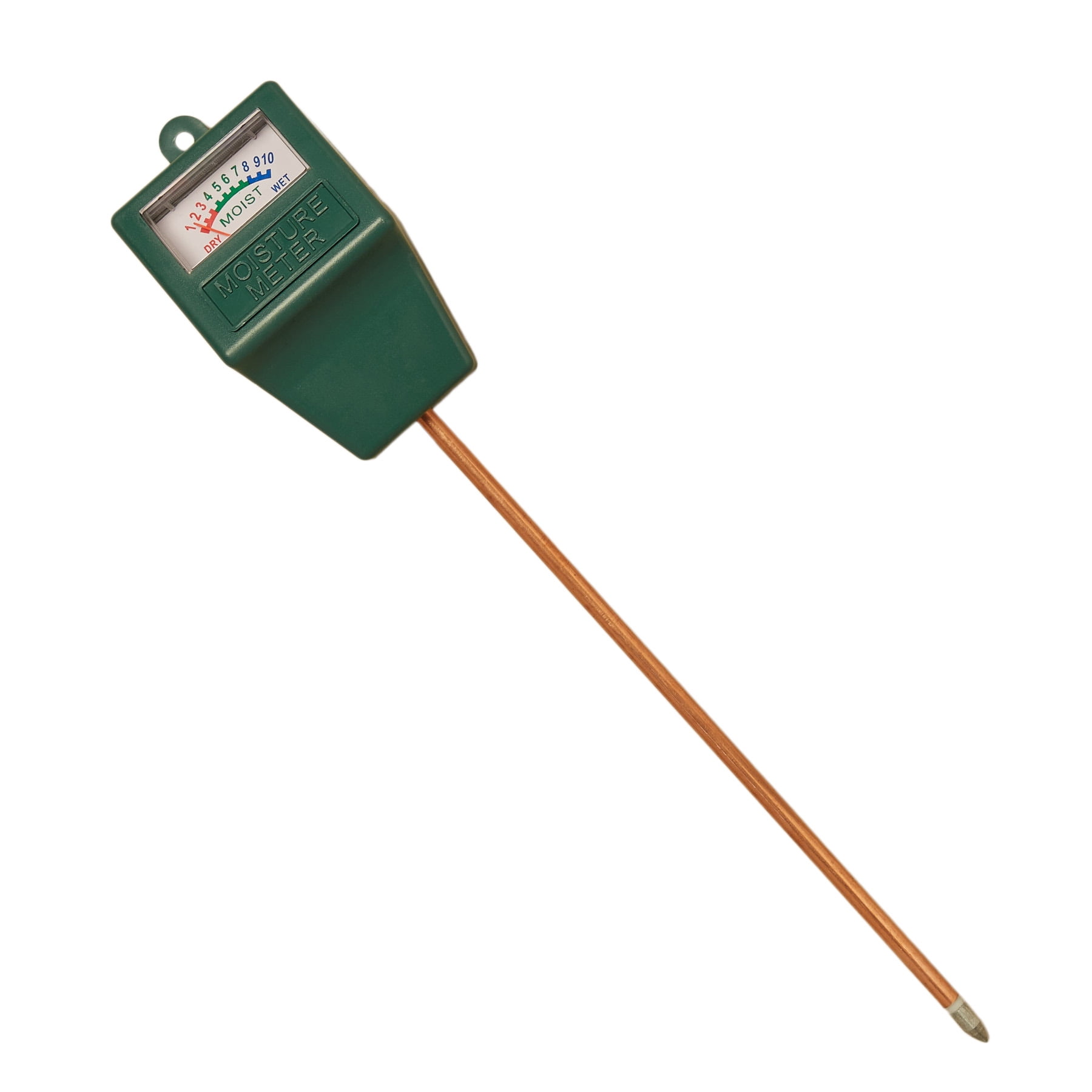The Ultimate Overview to Picking the Right Moisture Meter for Your Demands
The Ultimate Overview to Picking the Right Moisture Meter for Your Demands
Blog Article
Delve Into the Globe of Moisture Meters: Every Little Thing You Required to Know
In the realm of dampness meters lies a globe of accuracy and functionality that usually goes unnoticed. Recognizing how moisture meters operate, the various types offered, and their varied uses can drop light on their importance in guaranteeing top quality and efficiency.
Exactly How Moisture Meters Work
Moisture meters run by measuring the electrical conductivity or capacitance of products to determine the wetness material existing. These meters are important tools throughout numerous industries, including building, farming, and woodworking. By using different techniques such as pinless or pin-type modern technology, moisture meters provide accurate readings that help experts make notified decisions.
Pin-type moisture meters function by putting the sharp pins right into the material being tested. On the various other hand, pinless dampness meters utilize electromagnetic signals to scan a larger location without triggering any damage to the product's surface.
Despite the approach made use of, wetness meters play a vital function in avoiding issues such as mold and mildew growth, architectural damages, or product flaws brought on by excess wetness. Understanding just how these meters work is important for ensuring the top quality and stability of products in different applications.
Kinds Of Moisture Meters
Offered the critical function wetness meters play in different markets, it is vital to recognize the different types available to professionals for accurately examining moisture levels - Moisture Meter. There are primarily 2 major kinds of moisture meters: pin-type and pinless wetness meters

On the various other hand, pinless moisture meters utilize electromagnetic sensing unit plates to scan a larger area of the product without triggering any kind of damage. This kind appropriates for promptly scanning large locations and is commonly utilized for flooring, wall surfaces, and ceilings. Pinless meters are convenient for taking readings on finished surface areas without leaving any type of noticeable marks.
Both kinds of moisture meters have their advantages and are chosen based upon the certain requirements of the job available. Recognizing the differences between these kinds is important for specialists to make accurate wetness analyses.
Applications Across Industries
With diverse capabilities, moisture meters find extensive application throughout different sectors, aiding professionals in making sure optimum problems for materials and structures. In the farming field, dampness meters are important for figuring out the dampness web content in grains, seeds, and hay, ensuring quality control and avoiding mold growth. Building specialists count on moisture meters to evaluate the wetness levels in building materials like concrete, wood, and drywall, which is crucial for preserving structural stability and avoiding concerns like rot or mold and mildew. The floor covering industry uses dampness meters to measure the dampness content in subfloors Home Page prior to installing find out here now numerous flooring, protecting against pricey problems because of excess wetness. Additionally, in the food market, moisture meters are used to monitor and regulate moisture degrees in products such as grains, nuts, and dried fruits to keep quality and top quality. Additionally, dampness meters play a crucial role in the restoration and damage control industry by aiding experts attend to and determine water damage in structures quickly. Throughout these diverse industries, wetness meters are essential devices for making sure the quality, safety and security, and longevity of numerous materials and items.
Tips for Utilizing Dampness Meters
Make use of the dampness meter's calibration settings to guarantee precise readings when measuring the moisture web content in numerous products. Furthermore, make sure the meter is set to the appropriate moisture variety for the product you are determining to obtain the most precise outcomes.
When making use of a pin-type dampness meter, place the pins to the suitable depth advised for the product being checked. This makes sure that the wetness readings are extracted from the proper deepness within the material, providing an extra precise representation of its dampness material. For pinless wetness meters, remember to keep correct contact with the product's surface area to get reliable analyses.
Frequently check and change the batteries in your wetness meter to avoid imprecise readings as a result of low power. When not in usage to lengthen its life expectancy and keep its accuracy, Store the meter in a secure and dry place. By adhering to these suggestions, you can make the most of the efficiency of your dampness meter and obtain exact dampness content dimensions throughout various materials.
Maintenance and Calibration
To make certain the accuracy of wetness web content measurements, regular maintenance and calibration of the moisture meter are necessary action in its proper functioning. Maintenance includes maintaining the wetness meter tidy and free from particles that might impact its readings. It is essential to follow the producer's standards for cleaning to protect against damages to the device. Additionally, regular calibration is required to confirm the precision of the analyses. Calibration changes the dampness meter to make certain that it provides trustworthy and regular outcomes.
Calibration must be performed occasionally, particularly if the moisture meter is utilized frequently or in essential applications where exact measurements are needed. By maintaining and adjusting the moisture meter regularly, individuals can trust the precision of the moisture web content measurements acquired.
Conclusion

Finally, moisture meters play a vital duty in various markets by precisely gauging the moisture material of Clicking Here products. Recognizing how these devices work, the various types offered, and correct upkeep and calibration are important for acquiring trustworthy outcomes. Whether in building, manufacturing, or agriculture, making use of dampness meters aids ensure quality control and efficiency in processes.

In conclusion, dampness meters play a critical function in different industries by properly gauging the wetness content of products.
Report this page